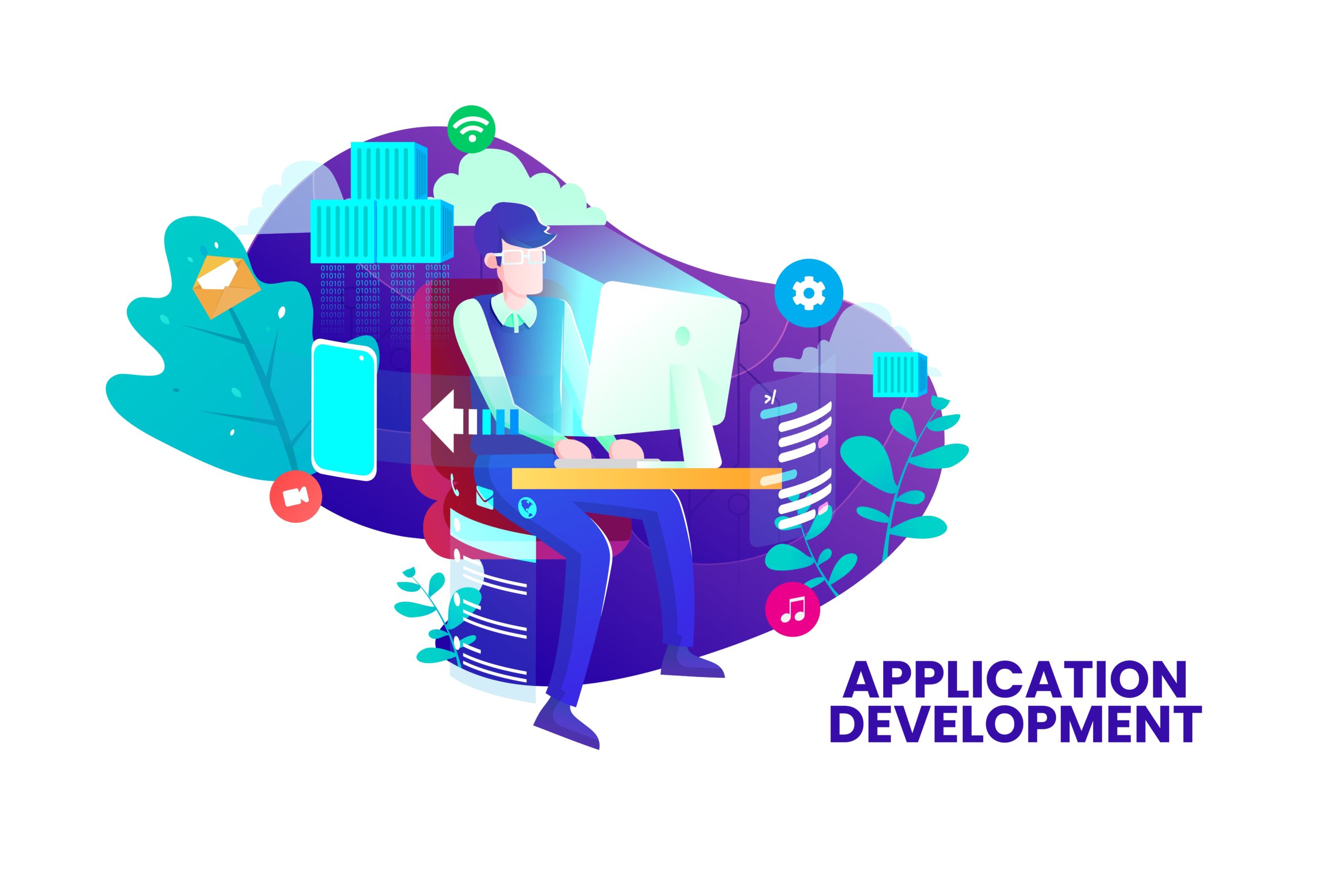Albeit! There are over 5.2 billion users who have subscribed to their mobile services and if you have not yet registered your business on the mobile platform, chances are you might lose out on the most potential clients.
The attractive features that these applications bring along are what pulls the comforts of users. Applications make smartphones “smarter”, tabs more usable and through their advantages, android application developers have significantly transmuted how applications operate today.
Proficient Android programmers and developers are unable to now manage the demand for building interactive and intuitive applications by using smart technology and embedding them with intuitive features. If you are one of those enthusiasts who want to create and develop an application using Android applications – this is for you to read:
Understanding the Android Application development Components – a notch better
Android application components are the building blocks of Android app development. Each element is different and behaves differently, they enter the app separately. However it is to be noted that each entity exists independently and plays a specific role –there are some which depend on others to function, yet not all are the entry points.
Primarily there are 5 different categories of application components /elements which serve a specific purpose with a specific process-cycle and that indicates how it operates, gets created, and is destroyed.
What is part of the android application life cycle?
Wakefulness over Segmentation, Android Application development
The market for Android application development is vast and is highly segmented as it supports several devices and OS versions. It is important to note that if your device is compatible with more than 2-3 versions it demands additional maintenance and testing and has to cover the related expenses and vice-versa. The application will then need a proper font, assets, and specific layout that will guarantee the experience the client is expecting.
The android application developer must also keep in mind that the plethora of android support sensors or the UI facilities must be kept in mind.
At times there might be a need for background jobs that operate continuously and at times you might face some technical glitches. In case, you wish to deliver a seamless user interface, you must make sure that the thread is free and without any blockage. During long operations, which usually is a result of computations on I/O networks, the developer must ensure the background execution is synchronized –this must be kept in mind specifically when you are operating on a different thread of execution.
Note: An understanding of Java language helps and facilitates a lot.
A Broad View on Android-based application?
What is Android is a question that bothers most of us – well to answer all those knotty questions we share the simplest definition of Android
“Android is a simple Linux based operating system that is predominantly designed for smartphones (touch screens) and tab users”
Since Android application development is one of the powerful OS, it supports several applications concerning Smartphones and these “applications” are much more advanced and comfortable.
The Android application development works on an operating system that was first introduced by Google and as mentioned above used for mobile phones, tabs, and cell phones.
Application Organization
Android app can be classified into 3 broad categories [Native, Web, and Hybrid] and contrast to that is the Android application development component and Android applications are organized as a collection of components. There are four types of components
Android application can be thought of as a collection of various interacting elements. However, all android application development work in a collection pack format; basic types are four.
- Android activities – this represents a single screen with a user-interface [ in layman’s terms activities that we see on the screen]
- Android services – this signifies the component that continuously runs in the background while long-operations hours
- Android Broadcast receivers. An element that abides for and replies to system-wide broadcast actions
- Android Content providers. Element /Components that ensures application data accessibility with external applications and system components.
Let us understand each of the element/components elaborately:
Activities. An Android application activity largely gears communication with the viewer/user. Most of the activities are traditionally designed to handle a one user action, and these multiple activities were then covered together to offer a collected user interaction.
Services. This signifies the component that continuously runs in the background while long-operation hours and they do not directly interact or communicate with the user. An I/O operation that is initiated by an android activity might not be complete before the user-using activity vanished from the screen. Services define and express their interfaces, that otherwise bind together to make use of that service.
Broadcast receivers. An element that abides for and replies to system-wide broadcast actions, those which get generated b system software. E.g. An application might include many broadcast receivers to listen to the broadcast, but in response, a broadcast receiver can initiate another activity, to either interact, initiate element with the same user or simply use the system-wide manager specified for notification.
Content providers. Element /Components that ensures application data accessibility with external applications and system components. The content provider is free to store data and information in whatever backend representation they select. It can be a file system, the SQLite service, or even an application that has a specific requirement.
Conclusion – Almost all Android application development included amalgamations of the above 4 component categories and these components and elements are managed using a system-based broadcast mechanism on various intents.







